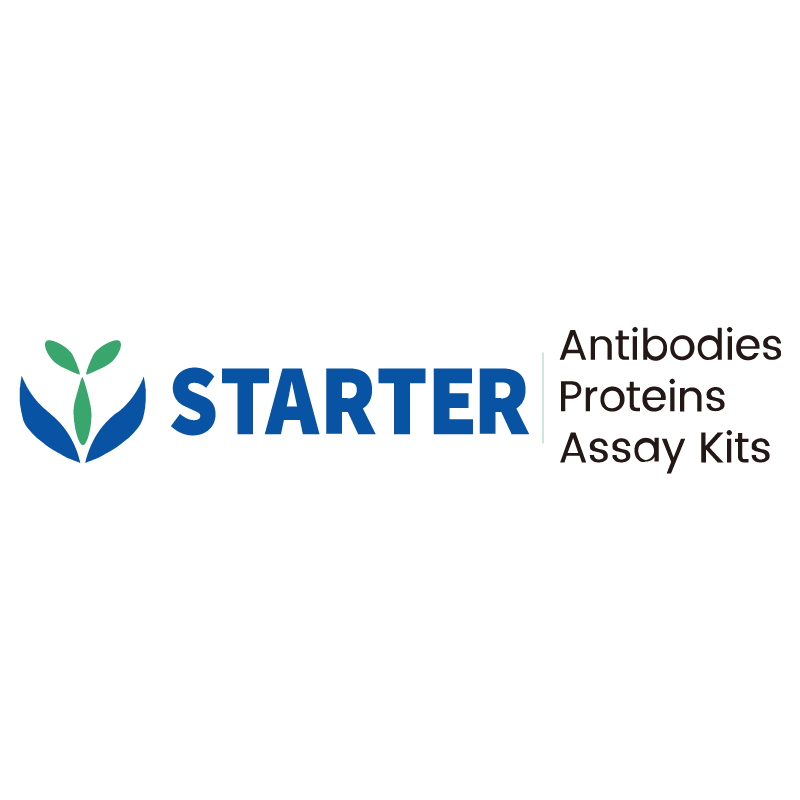Flow cytometric analysis of Human Peripheral Blood cells labelling Human CD9 antibody at 1/200 (1 μg) dilution (Right panel) compared with a Mouse IgG1, κ Isotype Control (Left panel). Goat Anti-Mouse IgG Alexa Fluor® 647 was used as the secondary antibody. Then cells were stained with Mouse Anti-Human CD9 Antibody separately.
Product Details
Product Details
Product Specification
| Host | Mouse |
| Antigen | CD9 |
| Synonyms | CD9 antigen; 5H9 antigen; Cell growth-inhibiting gene 2 protein; Leukocyte antigen MIC3; Motility-related protein (MRP-1); Tetraspanin-29 (Tspan-29); p24; MIC3; TSPAN29 |
| Location | Cell membrane |
| Accession | P21926 |
| Clone Number | S-2896 |
| Antibody Type | Mouse mAb |
| Isotype | IgG1,k |
| Application | FCM |
| Reactivity | Hu |
| Positive Sample | Human Peripheral Blood cells |
| Purification | Protein G |
| Concentration | 2 mg/ml |
| Conjugation | Unconjugated |
| Physical Appearance | Liquid |
| Storage Buffer | PBS pH7.4 |
| Stability & Storage | 12 months from date of receipt / reconstitution, 2 to 8 °C as supplied |
Dilution
| application | dilution | species |
| FCM | 1:200 | Hu |
Background
CD9, a 24-kDa cell-surface glycoprotein belonging to the tetraspanin family, is characterized by four transmembrane domains and two extracellular loops; it is widely expressed (e.g., on platelets, B/T cells, macrophages, and oocytes) and organizes tetraspanin-enriched microdomains that integrate membrane and cytoplasmic proteins to regulate adhesion, migration, proliferation, survival, and immune synapse formation. Notably, CD9 is essential for mammalian gamete fusion, as CD9-null eggs cannot fuse with wild-type sperm, and anti-CD9 antibodies block sperm–egg binding and fusion in vitro. Additionally, CD9 is implicated in platelet activation, signal transduction, and is frequently detected in lymphoblastic leukemia/lymphoma and some acute myeloid leukemia cells.
Picture
Picture
FC


